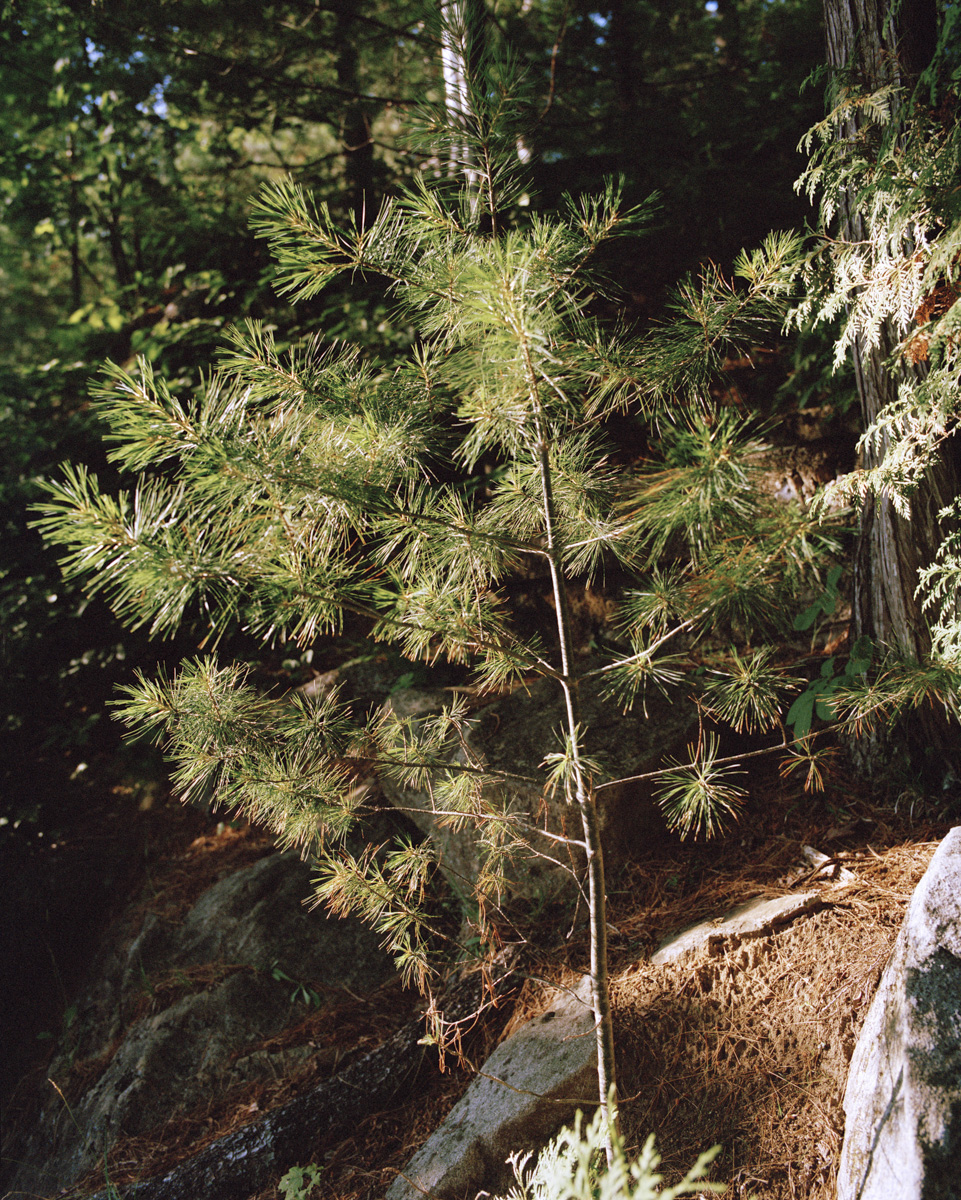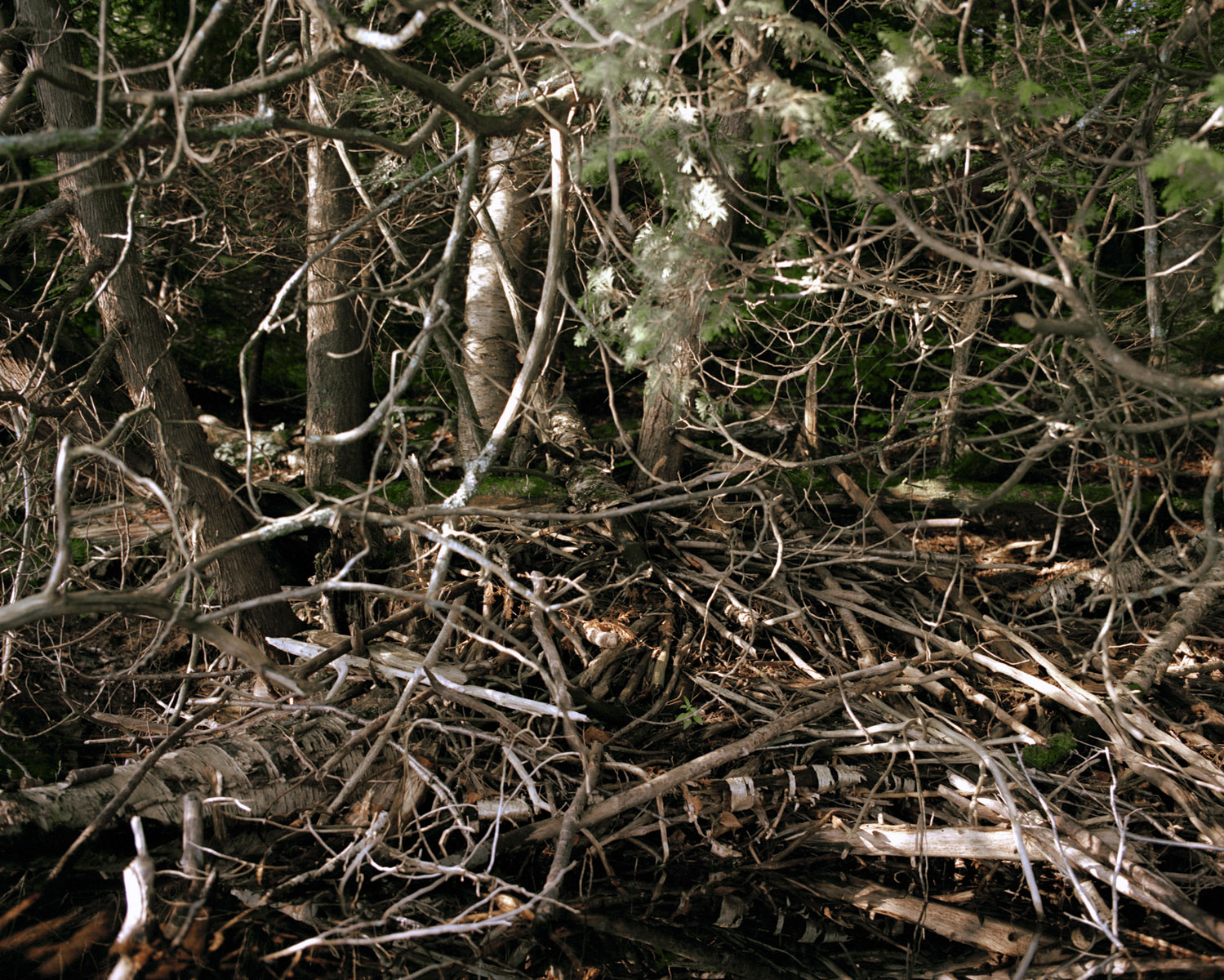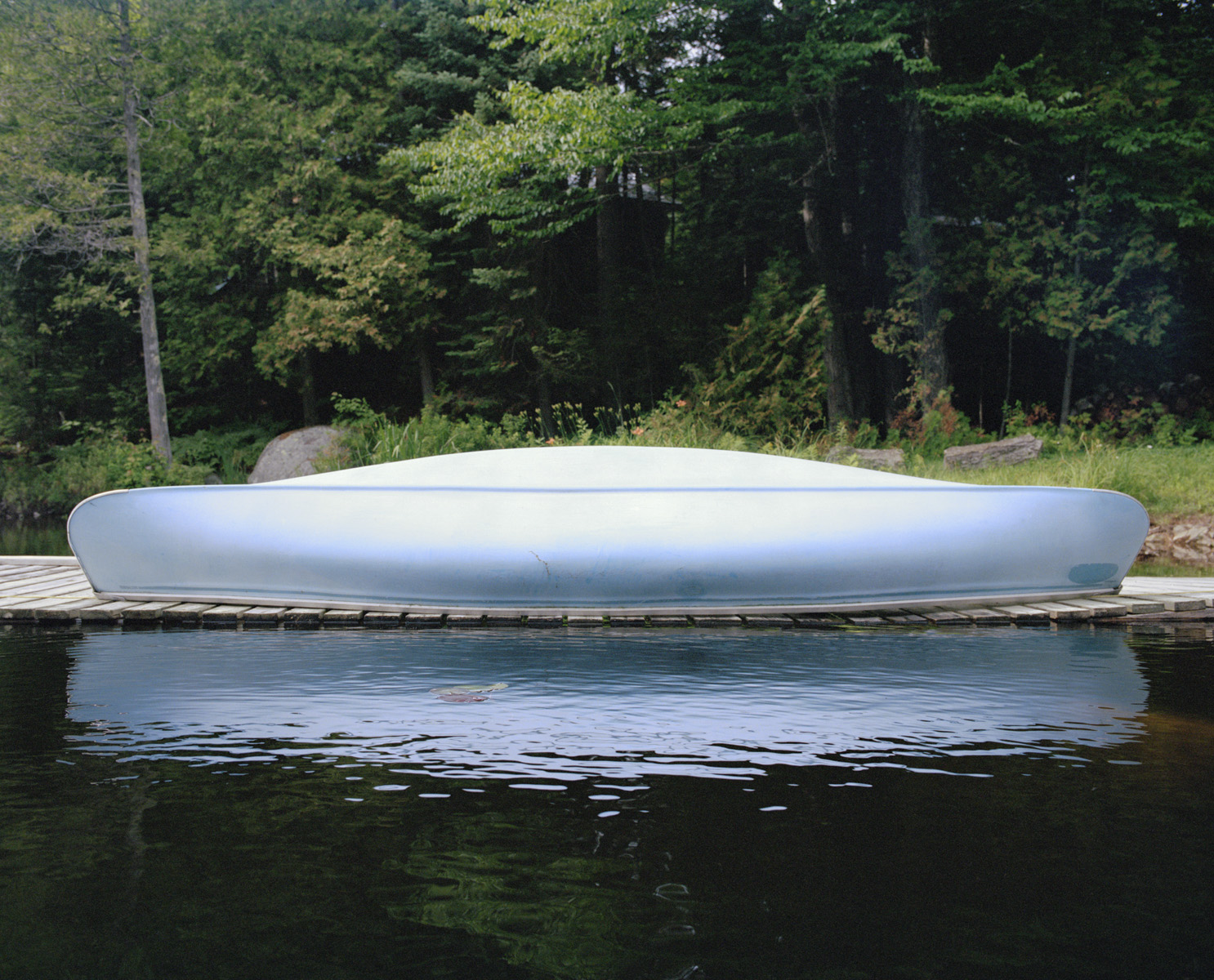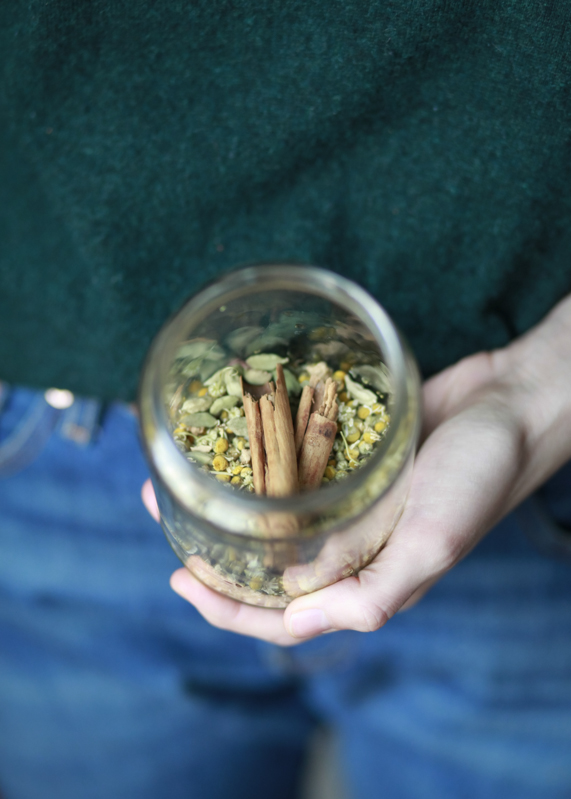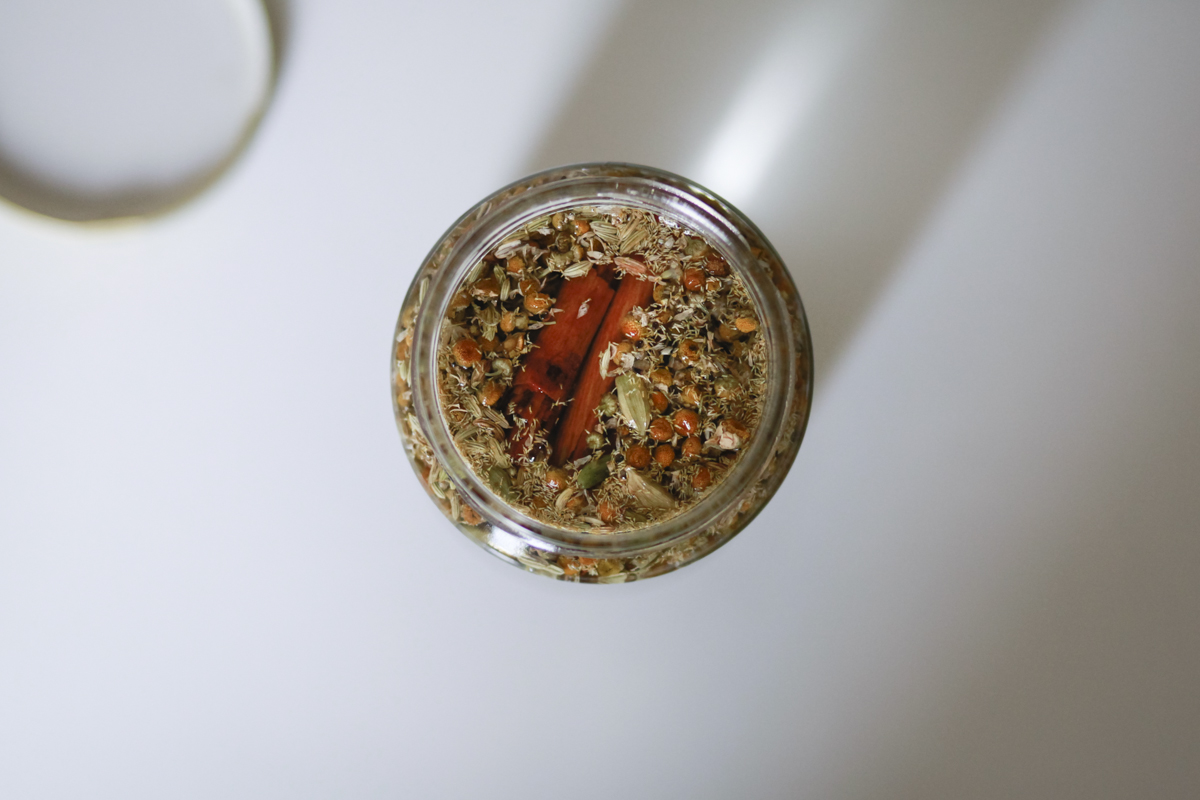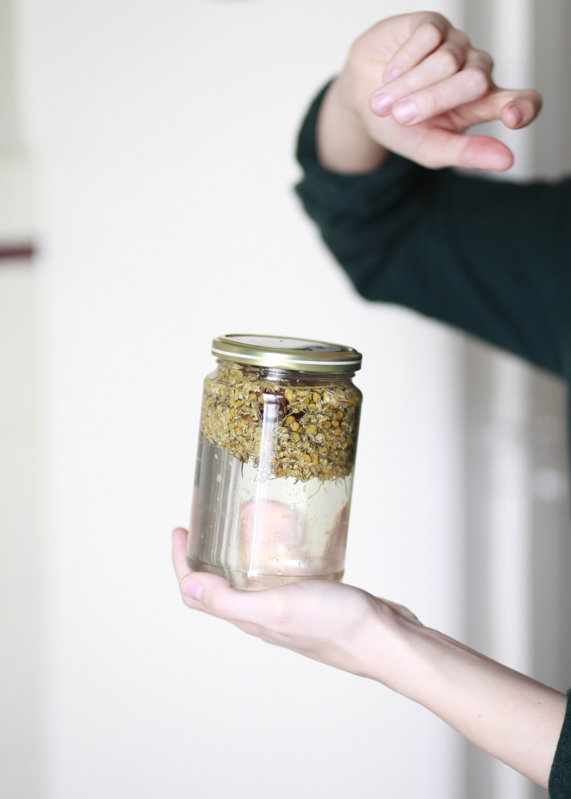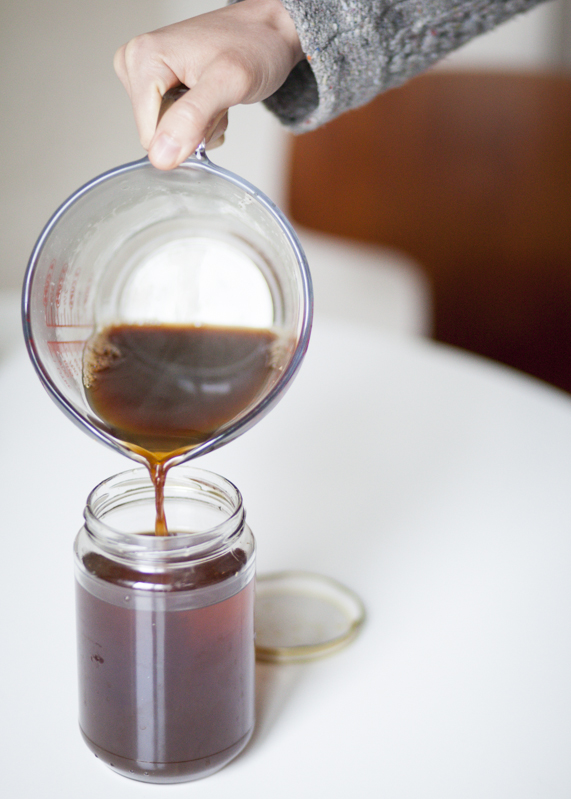This week’s post builds on last week’s post on trauma and disease, so if you haven’t already please take a few moments to engage over there.
In honor of Lu’s work Black Water Ballad winning the Swiss Photo Awards, I’m posting a few photos from that series here. Same Quebec countryside as last week but in Summer.
As I walk along this spiral path of healing, I sometimes stumble, knock against a tree that’s fallen in my path, trip when some old stone I’ve been carrying around with me for too long falls loose. Maybe I bruise, maybe a section of skin breaks open and I bleed. Maybe I feel discouraged, worn down, blue.
This is not a unique experience, but a collective one, one that everyone experiences at some point along their path and the big question is not if this will happen but instead when this does happen, how do I respond?
Do I cry out and curse the tree, the stone, the path and spit at the ground? Do I press self against earth and curl inward and stay fixed as a tree stump? Do I kiss my bruise, clean my wound, take a deep breath, give myself the time I need to gather myself and continue on?
To be completely real, more times than not I seem to choose the first two reactions, I respond with anger or grief, I feel alone in my suffering, passing this phrase back and forth between palms: why me?
Buddhists say that suffering is caused by two things: wanting to change oneself and wanting to change one’s circumstances. Suffering is inevitable; how we react to our suffering is, however, subject to change, up to us.
For some of us, those who scored higher than a 0 on the ACE test for example, anger or grief can be our instinctual, automatic response; it happens so immediately, comes over us like a wave and can almost feel as if the emotion chooses us, not the other way around. Whatever pain we’re facing can remind us of past pains and can feel far bigger than stubbed toe, scraped knee, bump in road.
For others, the third option, being kind to oneself, recognizing that this stumbling is just part of the path, showing oneself compassion, is the natural response.
Lucky ducks.
I imagine these folk were taught self-compassion at a young age; if a glass of milk were spilled it was just that, a spilled glass of milk, no one’s fault and no big deal. No need for anger, or shame, or guilt, or grief, or worry, or fear or any of the other emotions that can grow wild in prickly households.
Choosing Self-Compassion
If we tend to respond to stress, to obstacles in our path with anger, with grief, if we tend to over-react, if our emotions come flooding out, in blazes, we can recognize that our nervous systems were, in a sense, programmed to respond this way. It’s not our fault.
Most likely this response has affected not only ourselves–our sense of self-worth, our ease with ourselves and engagement with our world–but also those we love, our sweethearts, our best friends; our inner circles.
Maybe it’s pushed them away, maybe it’s pushed us further from our authentic selves, maybe it has even recreated the same prickly environment we thought we’d said goodbye to for good.
The first step to choosing self-compassion is to start to forgive ourselves for being so hard on ourselves and on others. (Much easier said than done, I realize). To start to forgive ourselves for not always responding the way we’d like to respond. To start to accept ourselves–our nervous systems, our response patterns–as we are, in all our messy and lovely humanness.
The second step, which really is what helps us achieve the first, is developing a mindful self-compassion practice–loving self-kindness meditation, metta meditation, even a walking meditation for the folks who can’t sit still. I linked to a few resources to get you started at the bottom of last week’s post. I’m talking about taking 20 or so minutes each day to start untangling some of that programming; to give yourself some of that fundamental love and acceptance that you may have missed out on.
The third step is to choose a ritual, something you can easily find time for at least once a week, a practice that is deeply nourishing, something that makes you feel good, deeply good, safe, at ease, deeply loved because self-compassion is really showing yourself the same care, the same love that you would your best friend or pet or favorite house-plant.
Easing into Self-Compassion w/ an Herbal Bath
Which brings me to a ritual I discovered this past Fall during a particularly blue period.
Bathing in plant medicine, taking a weekly (okay, so maybe more like 3x a week) herbal bath is something that has eased aching body, heavy heart, monkey mind. Herbs have a way of shifting energy, moving what has been stuck, clearing what needs to be cleared, making space for what needs to be sown. Herbs have a way of showing you that you’ve been holding the seeds, those seeds of love, self-love, self-compassion in your own hands all along.
There are a few ways to go about this ritual:
- One is to bring a hefty cup of your herb (fresh or dried) of choice to a soft boil and simmer (w/ a lid on) for around 20 or so minutes, then strain into your bath.
- Another is to make an herbal infusion, to add a cup of herb to a quart jar and fill w/ boiling water, cover and let infuse for 4-8 hours, then strain into your bath.
- Yet another is to wrap some cheesecloth around a cup of your herb, fasten it tightly and toss that in your tub as it fills w/ hot water.
- If you don’t mind the mess, you can even just add the herb directly to your tub (but this will get messy).
I’ve written before about the powers of the kava bath, lately I’ve been enjoying rosemary and wild rose baths (I use a cup of each). Two warming, cheering herbs that have a way of moving things for me–circulation, creativity, joy.
Maybe there’s a particular plant that you’re drawn to (white pine, sage, oatstraw, linden), one that has a way of moving things for you, your particular constitution, the emotions you’re working with.
Or maybe a ritual like an herbal bath isn’t the kind of ritual that will nourish you. It’s just one example among many to help ease your way toward more self-compassion.
Here’s to a summer season of being kind to ourselves, accepting ourselves as we are, nourishing ourselves, loving ourselves, and extending all those loving feelings toward others.
